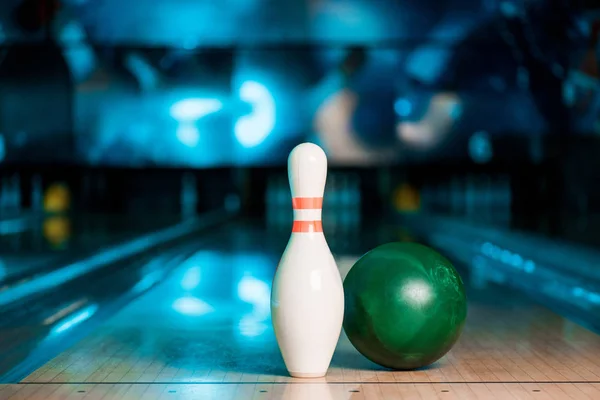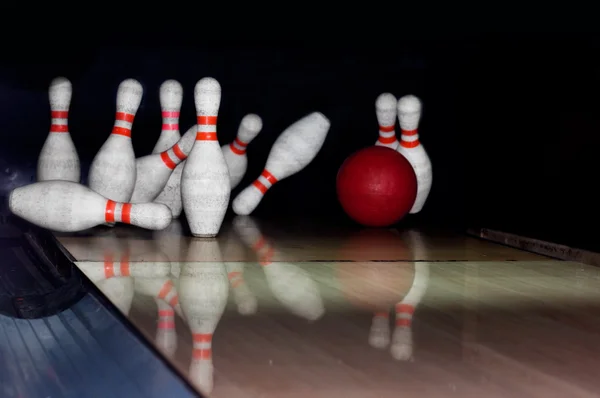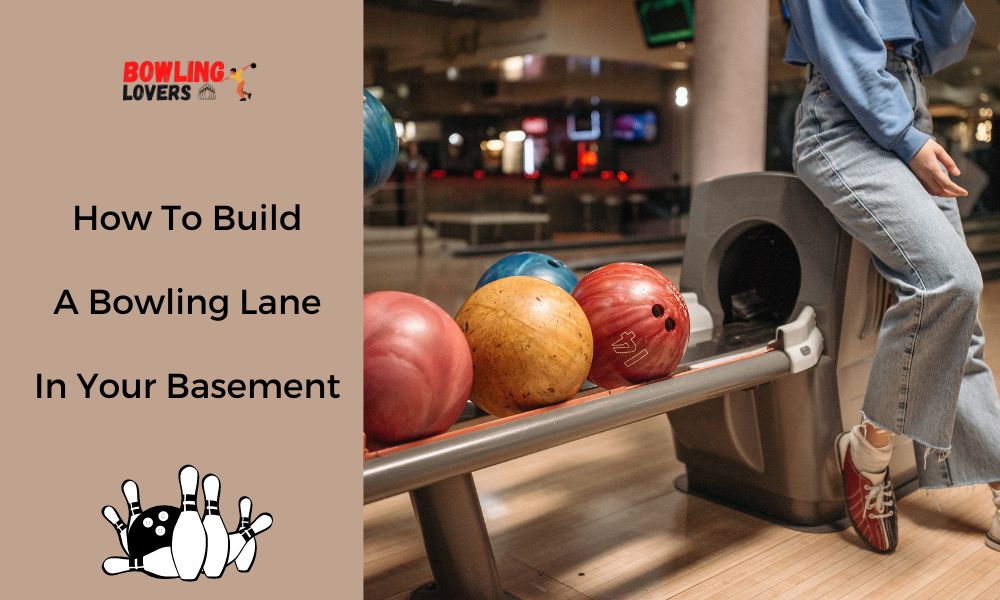Do you dream of having your own bowling alley in the comfort of your own home?
Imagine being able to invite friends and family over for a night of bowling fun without even having to leave your house.
Well, with a little bit of planning and effort, you can make that dream a reality by building a bowling lane in your basement.
Whether you’re a bowling enthusiast looking for a new challenge or just want to add some excitement to your home entertainment options, building a bowling lane in your basement can be a rewarding and enjoyable project.
In this article, we’ll guide you through the process of building a bowling lane in your basement, including the necessary materials, preparation, construction, and maintenance.
So let’s get started on turning your basement into your own private bowling alley!
How to Build a Bowling Lane in Your Basement
Needed Materials
– Wood for framing and lanes
– Synthetic or wood flooring material
– Bowling pins and balls
– Pinsetter and ball return system
– Electrical wiring and outlets
Preparing the Foundation
The first step in building a bowling lane is to prepare the foundation.
This involves removing any existing flooring and leveling the surface.
A concrete base is recommended to prevent shifting or movement of the lanes.
Building the Frame and Lanes
The frame and lanes can be built using wood or metal studs.
It’s important to follow precise measurements and angles to ensure the lanes meet regulation size.
Synthetic or wood flooring material can then be installed on top of the lanes.
Install the Lane Surface
Measure and cut the vinyl or synthetic material to fit the dimensions of your basement.
Glue the material down to the floor, making sure to smooth out any wrinkles.
If desired, install laminate flooring around the perimeter of the lane.
Attach LED strip lights along the length of the lane on both sides.

Install the Gutters
Cut a piece of plywood to the width of the lane and attach it to the sides of the lane.
This will act as a gutter to catch any stray bowling balls
Build the Pin Housing and Pinsetter
Cut four pieces of plywood to create two sides, a front, and a back, for the pin housing.
Assemble the pieces together using screws and glue.
Next, construct the pinsetter by building a frame out of 2x4s and attaching it to the pin housing.
Use a motor and belts to power the pinsetter.
Installing the Pinsetter and Ball Return System
The pinsetter and ball return system are essential components of a bowling lane.
These systems can be purchased and installed by a professional or assembled from a kit.
Electrical wiring and outlets will also be required to power these systems.
Finishing Touches
After the lanes and systems are installed, the finishing touches can be added.
This includes painting or staining the wood, adding bumper rails, and installing scoring systems.
Maintainance Guide For Bowling Lane
Clean the Surface Regularly
The best way to maintain the surface of your bowling lane is to keep it clean.
Wipe it between rounds with a cloth to remove any dirt or debris.
It’s important to remove any excess oils from your hands after using the ball, as this can affect the lane’s performance.
Use Approved Cleaners
At the end of each game, use an approved bowling ball cleaner to extract oils from the surface of the lane.
Avoid using harsh chemical cleaners or solvents that can damage the surface.
Sand and Refinish the Surface
Over time, the surface of the bowling lane may become scratched or worn.
Sanding and refinishing the surface can help restore its smoothness and prevent the ball from bouncing.

Inspect the Lane Regularly
Regular inspections can help identify any potential issues before they become major problems.
Check for any cracks, warping, or unevenness in the lane surface, as well as any loose or damaged boards.
Adjust the Lane Oil Pattern
The oil pattern on the lane affects the ball’s roll and trajectory.
Make sure to adjust the oil pattern as needed based on your preferences and playing style.
Maintain the Pinsetter and Ball Return System
The pinsetter and ball return system require regular maintenance to ensure that they function properly.
Follow the manufacturer’s instructions for cleaning and lubricating these systems.
Frequently Asked Questions
What are the dimensions for a bowling lane in a basement?
When building a bowling lane in your basement, the required length for a regulation-size lane is about 100 feet, but due to space restrictions, a shorter length may be necessary.
A single-lane configuration requires a minimum length of 60 feet, and the width of a bowling lane is 41.875 inches (106.36 cm), measured in boards.
It’s important to take precise measurements and follow regulations to ensure a safe and functional bowling lane in your basement.
What kind of flooring do I need for a bowling lane in my basement?
To build a bowling lane in your basement, the flooring needs to be durable, smooth, and level.
Two options for the top of the lane are maple laminate flooring or a synthetic surface.
Maple laminate is affordable and can be sanded and sealed to provide a smooth surface.
Synthetic surfaces require less maintenance and are often more durable than wood.
Regardless of the type of flooring, it’s important to ensure a level surface to prevent the ball from bouncing or veering off-course.
Can I install a bowling lane in a low-ceiling basement?
To install a bowling lane in a low-ceiling basement, modifications may be necessary to ensure a safe and functional lane.
Industry standards require a minimum ceiling height of 14 feet, but some alleys have lower ceilings and use shorter pins and balls.
In a residential basement, it’s essential to consider both the ceiling height and available space.
Consult with a professional installer to determine the best design, materials, and safety measures for your specific needs.

Can I build a regulation-size bowling lane in my basement?
Building a regulation-size bowling lane in a basement is technically possible, but it requires a lot of space and strict adherence to safety and functionality regulations.
Most residential basements are not large enough, and even if they are, they may not be practical or cost-effective.
Consult with a professional installer to determine feasibility and ensure safety and functionality.
Conclusion
Building a bowling lane in your basement can be a fun and exciting project that can provide you with countless hours of entertainment.
By following the necessary steps and consulting with professionals, you can create a safe and functional bowling lane that’s tailored to your specific needs and space.
So why not take the plunge and start planning your very own basement bowling alley today?

